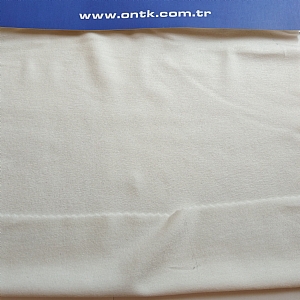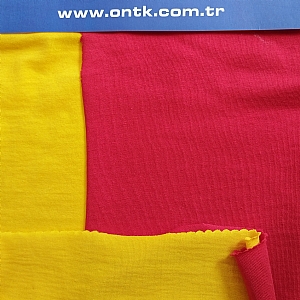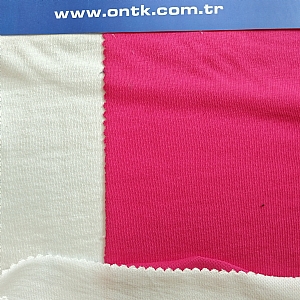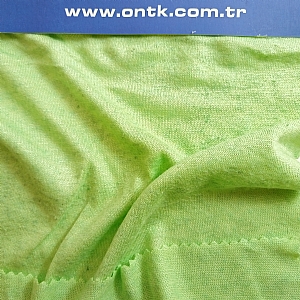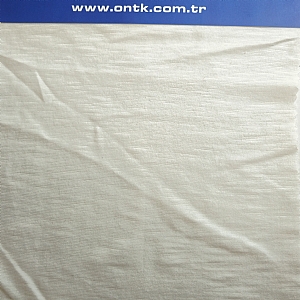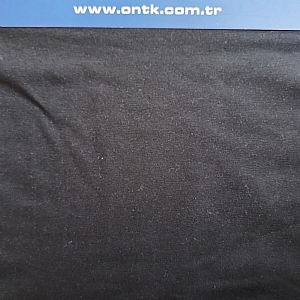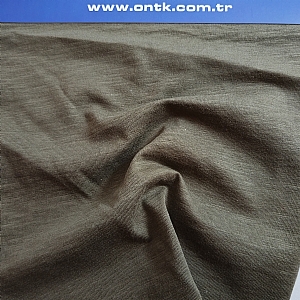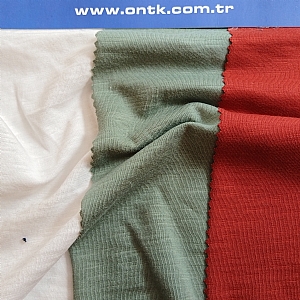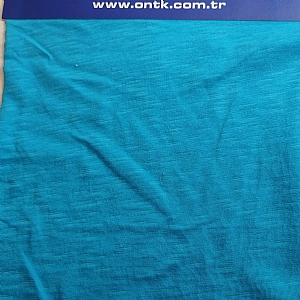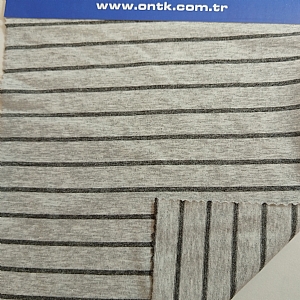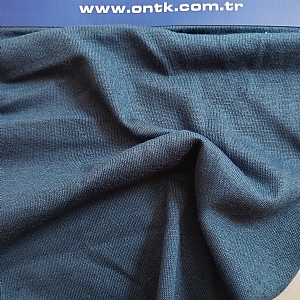1.JERSEY FABRIC
Since single jersey fabric is knitted with a single plate knitting, the back side of the fabric has a different texture. It is generally used in t-shirt production.
According to this ratio, a ranking was made as follows:
• Front and back sides have a different appearance,
• It is wider in width compared to rib and interlock fabric types,
• They show both transverse and longitudinal stretching,
• It has less elasticity than rib, interlock and harasho fabrics,
• Even though the threads used are the same, the wide appearance is higher in single jersey fabrics,
• When they are cut, curls occur on the edges, this amount varies depending on the yarn density used,
• They are easier to iron as they have less tendency to wrinkle,
